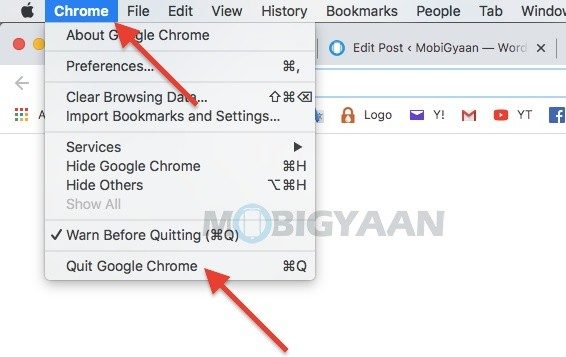Being able to run old software is the best way to rescue these files, but old Mac apps can be fun too. Even though we undoubtedly live in a golden era of computer and video games, there are still.
To quit (close) a Mac app normally, choose Quit from the app's menu in the menu bar, or press Command (⌘)-Q. If the app doesn't quit, follow these steps to force the app to quit.

How to force an app to quit
Press these three keys together: Option, Command, and Esc (Escape). Or choose Force Quit from the Apple menu in the upper-left corner of your screen. (This is similar to pressing Control-Alt-Delete on a PC.)
Then select the app in the Force Quit window and click Force Quit.
How To Check Apps Running On Mac

You can even force the Finder to quit, if it stops responding: Select Finder in the Force Quit window, then click Relaunch.
Learn more
How to force an app to close on your iPhone, iPad, or iPod touch.
Disclaimer: I am not on the .NET Core Team. I used the tools available publicly and have no insights into the future of .NET Core. It looks very bright though. :)
The working source code for this project can be found here.
Intro
A complete list of post in this series is included below :
In this post, we’re going to look at running the app from the command line and then the Mac.
Running the App in the Windows Command Prompt
While you can obviously run the app inside of Visual Studio with the F5 command. You should also know that you can run the app inside of the console. Before we begin, make sure you have the app found here. After opening the app or downloading it, open the folder containing the project in the command prompt.
You can run your application here by simply typing :
You will the following output :
The exact same result from running the console app in Visual Studio.
Using dotnet publish to get the app ready for Mac
Go ahead and type dotnet publish on the command prompt and then type tree to look at your directory listing as shown below :
You should see the publish directory. Navigate into it and list out the files in the directory :
Take note that the dlls listed below are related to the package reference that we added in the last blog post.
- Newtonsoft.Json.dll
- System.Runtime.Serialization.Primitives.dll
Run Iphone Apps On Mac
This only leaves the NetCoreConsoleApp.dll which is the Console application that we can run on a Mac (or any other platform that supports .NET Core).
Running the app on a Mac

Close Running Apps On Mac
Finally! It is about time you might say. I agree. Before you can run the app on your Mac, you’re going to need to head back over to the .NET Core downloads page and install OpenSSL and then the SDK (or runtime) if you remember the difference from the first post.
To run this on your Mac, you’ll need to copy the ‘publish’ folder to your Mac. Then open Terminal and you can run the app by just typing :
This is awesome! Now you have an app that run on another platform and you used your existing .NET skillset to create it. I’m LOVING .NET Core!
Wrap-up
OK, I’m going to take a break and I’ll be back next week. As always, thanks for reading and smash one of those share buttons to give this post some love if you found it helpful. Also, feel free to leave a comment below or follow me on twitter for daily links and tips.